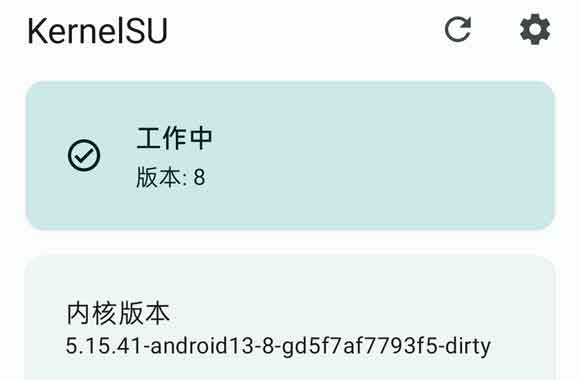Users are continuously looking for ways to maximize the potential of their smartphones or tablets as Android devices continue to develop. Among enthusiasts, rooting, which gives users administrative access to the Android operating system, is a popular technique. Due to their systemless design, well-known root methods like Magisk have historically been widely used. However, KernelSU, a kernel-based root solution, has become a new player in the rooting arena. In this post, we’ll examine KernelSU’s definition, operation, and potential advantages and disadvantages.
What is KernelSU.
A different rooting option for Android smartphones that works at the kernel level is KernelSU. KernelSU functions by patching or changing the device’s kernel, in contrast to conventional root techniques that change the Android system partition. By acting
How Does KernelSU Work?
Kernel Modification: In order to acquire root access, KernelSU exploits flaws or security gaps in the device’s kernel. It makes particular changes to the kernel code that enable it to function with enhanced permissions.
Root Privileges: After the kernel has been patched, KernelSU can issue commands with full administrator rights. Users are now able to view and alter otherwise inaccessible system files and settings.
Device customization: Users who have root access can install specialized ROMs, modify system preferences, and employ potent root applications that require privileged access. For fans of Android, this offers up a world of customisation and speed improvements.
Risks & Considerations:
Device instability: Kernel changes may cause unexpected crashes and system instability. Before using KernelSU, users should use prudence and be well-informed about what they’re doing.
Security hazards: Getting administrative access to the Android system can pose security hazards, as with any root option. Users need to be cautious of security risks and only download apps and modules from reputable websites.
Rooting often voids an Android device’s warranty, and some manufacturers may decline to provide service or support for rooted devices.
Over-the-Air (OTA) Updates: KernelSU may obstruct the ability to get OTA updates. To obtain OTA updates, users’ devices might need to be manually updated or reset to their factory default settings.
How to Install:
A custom Recovery, like TWRP, must be installed on your device;
Step:
- Download the zip package that begins with AnyKernel3 that corresponds to your phone’s version from the Release page of KernelSU.
- for instance, if your phone’s kernel version is android 12-5.10.66, you should download the file AnyKernel3-android12-5.10.66_yyyy-MM.zip (where yyyy is the year and MM is the month).
- Restart the phone in TWRP mode.
- You may either use adb sideload AnyKernel-*.zip to install it or use adb to sideload AnyKernel3-*.zip onto the phone’s /sdcard and select to install it in the TWRP GUI.


